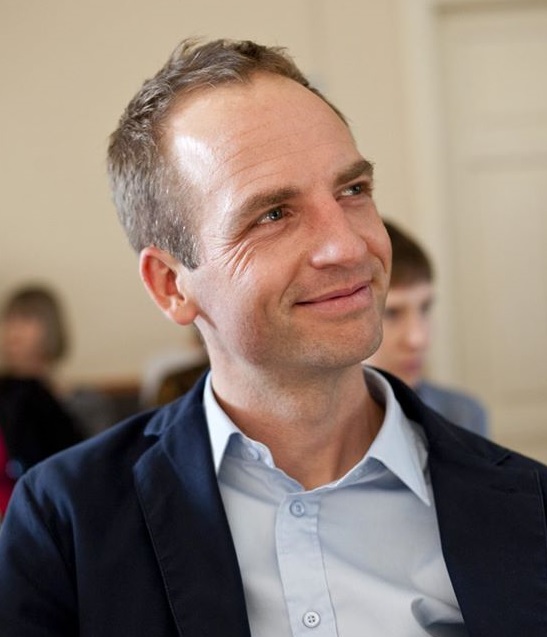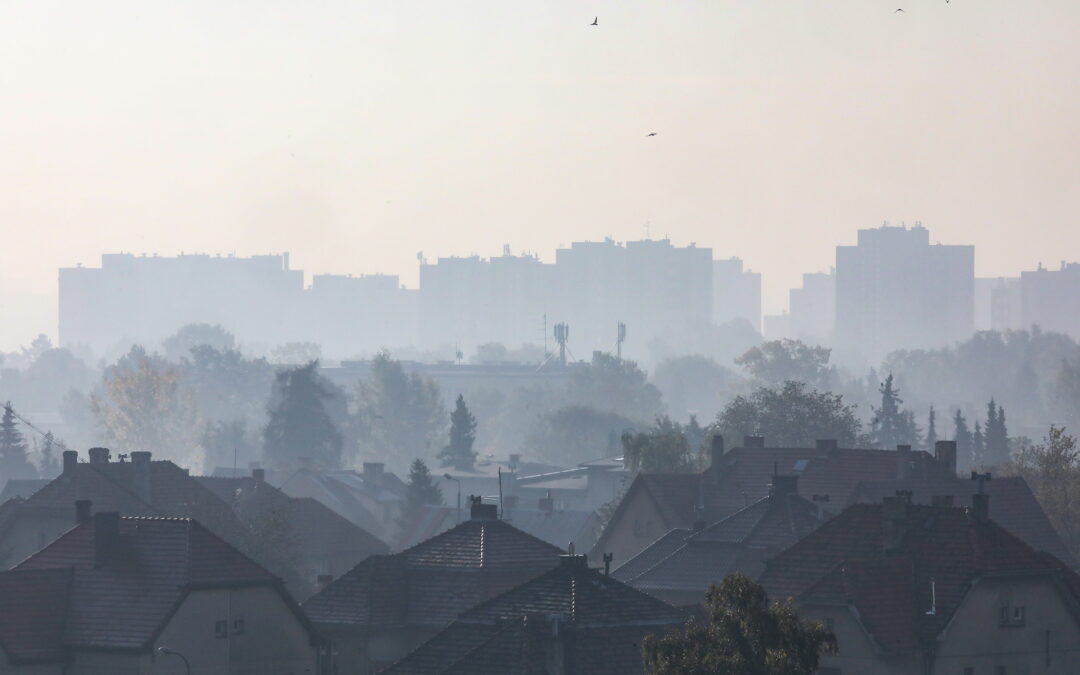A Polish court has ordered the state to pay a man 30,000 zloty (€6,500) compensation after finding that air pollution violated his personal rights to physical health and freedom.
The man who brought the case hopes that it will encourage the authorities to deal more seriously with Poland’s air pollution, which is among the worst in the European Union. His own city, Rybnik itself has some of the country’s most polluted air, as confirmed by a new national “smog ranking” released yesterday.
But the judge in the case notes that his ruling does not automatically open the way for anyone in Poland to demand compensation for air quality standards being exceeded.
In the ruling, which was issued yesterday, the district court in Gliwice found that the plaintiff, Oliwer Palarz, “suffers from health effects due to poor air quality”, reports Gazeta Wyborcza.
The judge noted that Palarz suffers health problems including coughing and irritation of the throat, mucous membranes and conjunctiva. A doctor had confirmed that this was due to air pollution. Palarz also had depression in autumn and winter due to not being able to go outdoors.
As a result, the court found that Palarz’s personal right to physical health and freedom had been violated and that the “the state treasury committed unlawful neglect”. It therefore awarded him 30,000 zloty.
The case brings to an end a long-running legal battle by Palarz, who is one of the founders of the local branch of Polish Smog Alert, a movement that lobbies for changes to improve the quality of Poland’s air.
He first sued the state in 2015, with his case initially dismissed in 2018. Palarz appealed and received the backing of the then human rights commissioner, Adam Bodnarz.
The case eventually reached the Supreme Court, which earlier this year ruled that the right to live in a clean environment is not a personal right, reports local news service Rybnik.com.pl.
In yesterday’s ruling, the judge, Artur Żymełka, confirmed that his “verdict does not mean every citizen can…demand compensation for the fact that the permissible air standards have been exceeded”. But, in the case in question, Palarz had demonstrated specific “infringement of personal rights”.
Palarz declared himself “super happy” at the outcome. “Thanks to this ruling and other similar judgements…state and local authority bodies will no longer be able to ignore the problem of air pollution with impunity,” he said.
However, Palarz’s legal representative, Miłosz Jakubowski, a lawyer from the Frank Bold Foundation, agreed with the judge that the ruling is unlikely to trigger an avalanche of similar lawsuits.
“The situation is different from 2015. Air pollution is still there but it is partly local authorities that are now responsible. Changes have taken place in the law and policies centrally,” he pointed out, quoted by Rybnik.com.pl.
Rybnik, along with other cities and towns in southern Poland, has long suffered from poor air quality, especially in the colder months. In January 2017, it was declared the country’s “smog capital” after particulate matter (PM10) measurements exceeded 3,000% of the permitted norm.
The city also features in a new report by Polish Smog Alert on the places with the worst pollution in 2020. However, it is Nowy Targ that is the clear smog capital this year. The town, situated in a valley in the mountainous Podhale region in southern Poland, came top in all three categories measuring poor air quality.
It had the most smog days in 2020, with 90 when the permitted daily PM10 norm was exceeded. Nowa Ruda and Pszczyna in second place had 75 smog days, while Rybnik was in joint 14th place, with 48.
Jak co roku publikujemy zestawienie najbardziej zanieczyszczonych miejscowości w Polsce. Tymczasem zwycięzca tego niechlubnego rankingu, Nowy Targ – miasto, w którym odnotowywane jest największe zanieczyszczenie powietrza w całej Unii Europejskiej – przenosi stację monitoringu… pic.twitter.com/iYQYlVvZSg
— Polski Alarm Smogowy (@alarm_smogowy) December 9, 2021
Nowy Targ also had the most carcinogenic air, with an annual level of benzo[a]pyrene, 18ng/m3, well ahead of second-placed Nowy Ruda and Nowy Sącz with 11 ng/m3.
It also had the highest annual PM10 concentration, with an annual average of 42 (the permitted daily norm is 50, but levels in Poland tend to be much higher during the heating season). Rybnik was in joint sixth place, with 33.
Kraków, a city which became notorious for its poor air quality but has been a pioneer in measures to improve it – including becoming the first city in Poland to ban the burning of coal and wood – is absent from the ranking for the second year in a row.
Main image credit: Dominik Gajda / Agencja Gazeta

Ben Koschalka is a translator, lecturer, and senior editor at Notes from Poland. Originally from Britain, he has lived in Kraków since 2005.




















